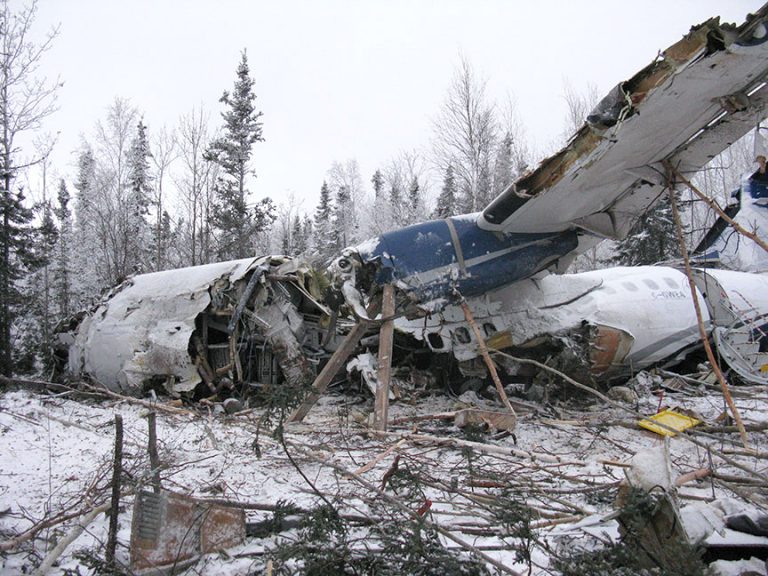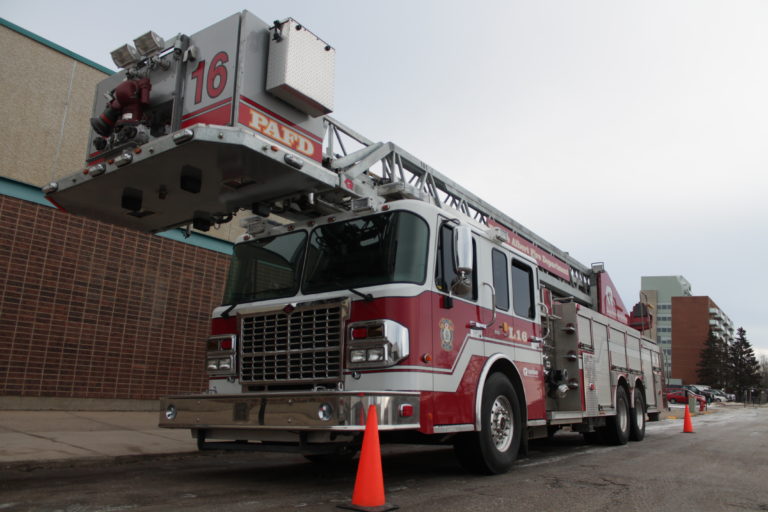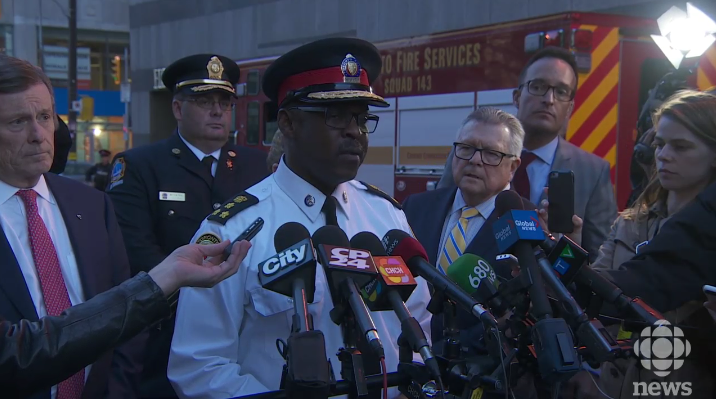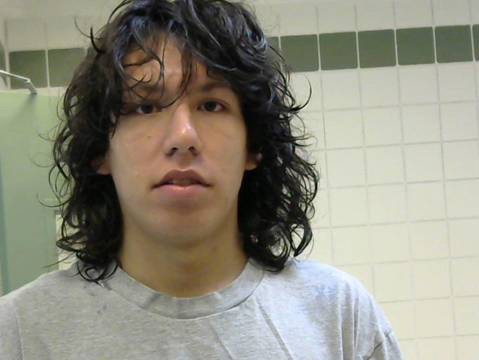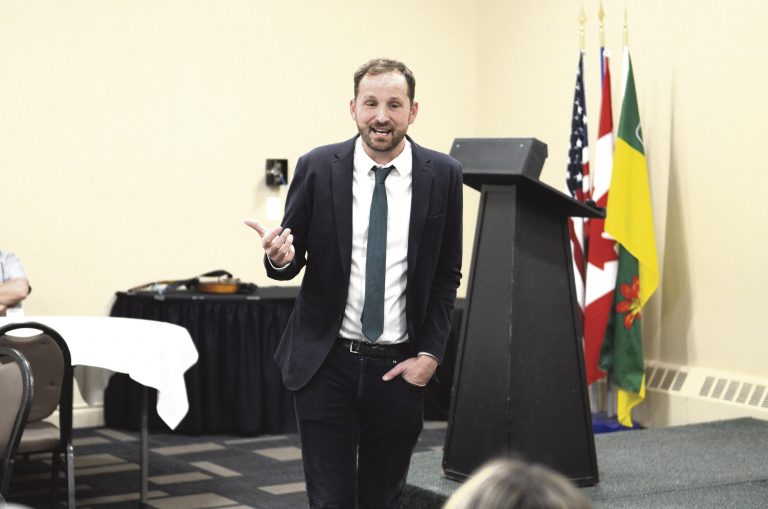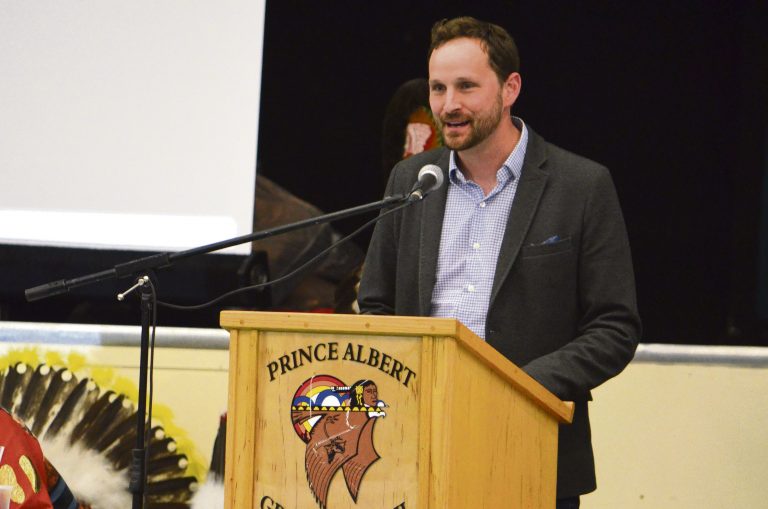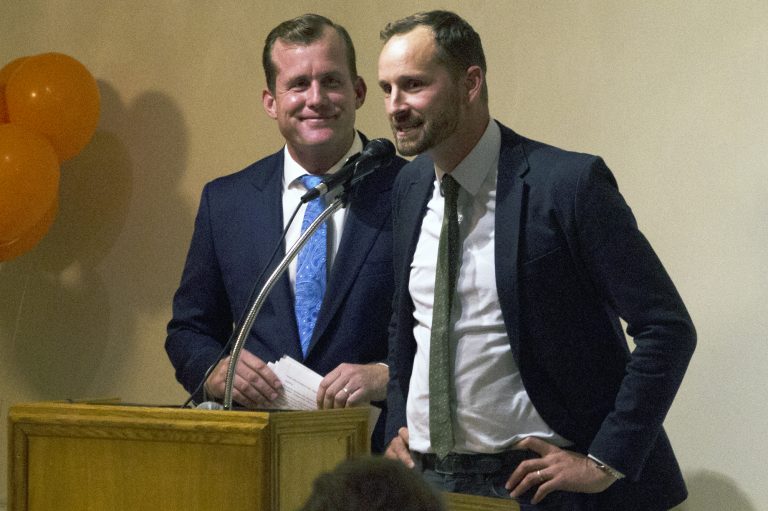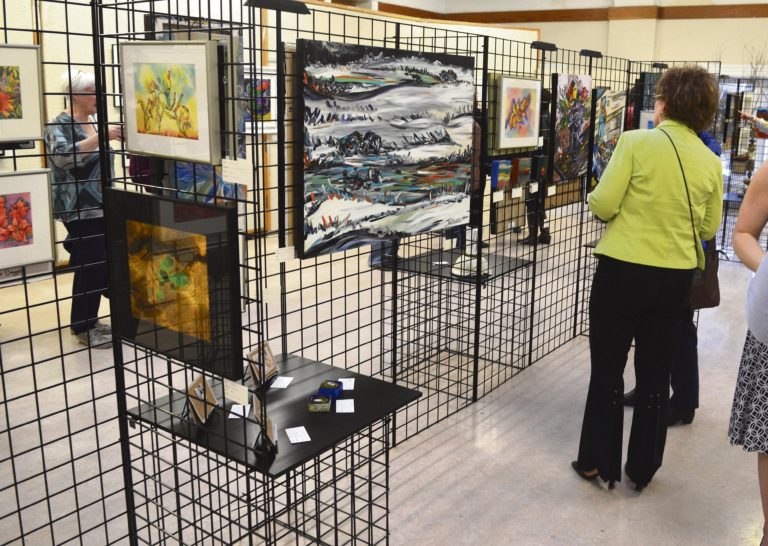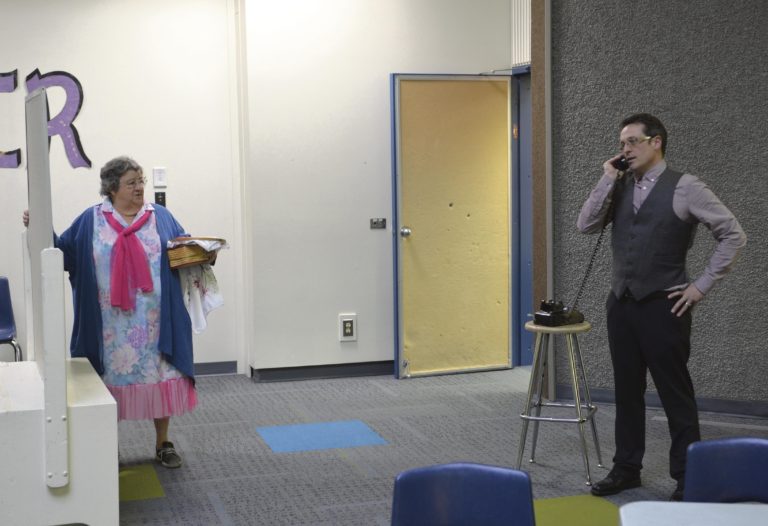A plane that crashed in Fond-Du-Lac late last year was not de-iced before takeoff, investigators say.
The Transportation Safety Board of Canada (TSB) issued an update into the collision Monday. They stressed the update contains no conclusions about the factors that contributed to the crash, only more facts that have been learned from the incident.
The plane was an ATR 42-320 plane operated by West Wind aviation with 22 passengers and three crew members on board on Dec. 13. It was headed for Stony Rapids. Shortly after takeoff, at 6:12 p.m, the plane collided with trees and terrain less than a mile west of the runway. The plane was destroyed, nine people sustained serious injuries and 16 others were also injured. One of the passengers later died.
The plane left a wreckage path that was at least 800 feet long; it came to rest with the forward cabin turned 90 degrees onto its side, with the remainder of the plane rotated by about 35 degrees. Both engines were operating up to the point of impact.
According to Monday’s update, the plane encountered ice while it was descending to Fond-du-Lac. Anti-icing and de-icing systems activated, but residual ice remained.
Some de-icing equipment was available at the Fond-Du-Lac terminal, consisting of two ladders, a hand-held spray bottle with an electric blanket and wand and a container of de-icing fluid.
The plane, however, was not de-iced before takeoff, and ice was present on the plane when it began its ill-fated flight.
Both the plane’s captain and its first officer were certified and qualified, investigators say.
While witnesses expressed concerns that the plane may have been overloaded, investigators say the takeoff weight was about 35,370 pounds, which is below the maximum takeoff weight; the plane’s centre of gravity was within limits.
Investigators are now analyzing the aircraft based on weight and balance, as well as weather and runway conditions. The flight data recorder and the cockpit voice recorder have been recovered, and TSB specialists are analyzing data obtained from the devices.
Investigators have completed a detailed weather analysis. Patchy, moderate rime icing was present in clouds in the 3,000- to 7,000-feet above sea level range. Rime ice is rough, opaque and crystalline. The surface temperature at the destination, Stony Rapids, 80 km away, was -10 C.
While investigators have determined the de-icing equipment was not used, they still have lots more work to do to put together a complete picture of what happened that evening. That work includes examining why the aircraft was not de-iced before takeoff, and looking at the adequacy of the de-icing equipment.
Other work includes:
- Evaluating the aircraft’s performance to determine the effects of weather and runway surface conditions
- Gathering and analyzing data about flights in remote locations
- Reviewing operational policies, procedures and regulatory requirements
- Examining aircraft maintenance records
- Examining the wreckage for crashworthiness and survivability
- Examining the flight controls
- Comparing the actual behaviour of the plane with the performance in a simulation
- Evaluating pilot training and experience, as well as human performance aspects
- Examining previous similar occurrences and safety actions taken in Canada, the US, France and elsewhere
- Conducting additional interviews as required, and
- Completing the analysis and report production phases of the investigation.

